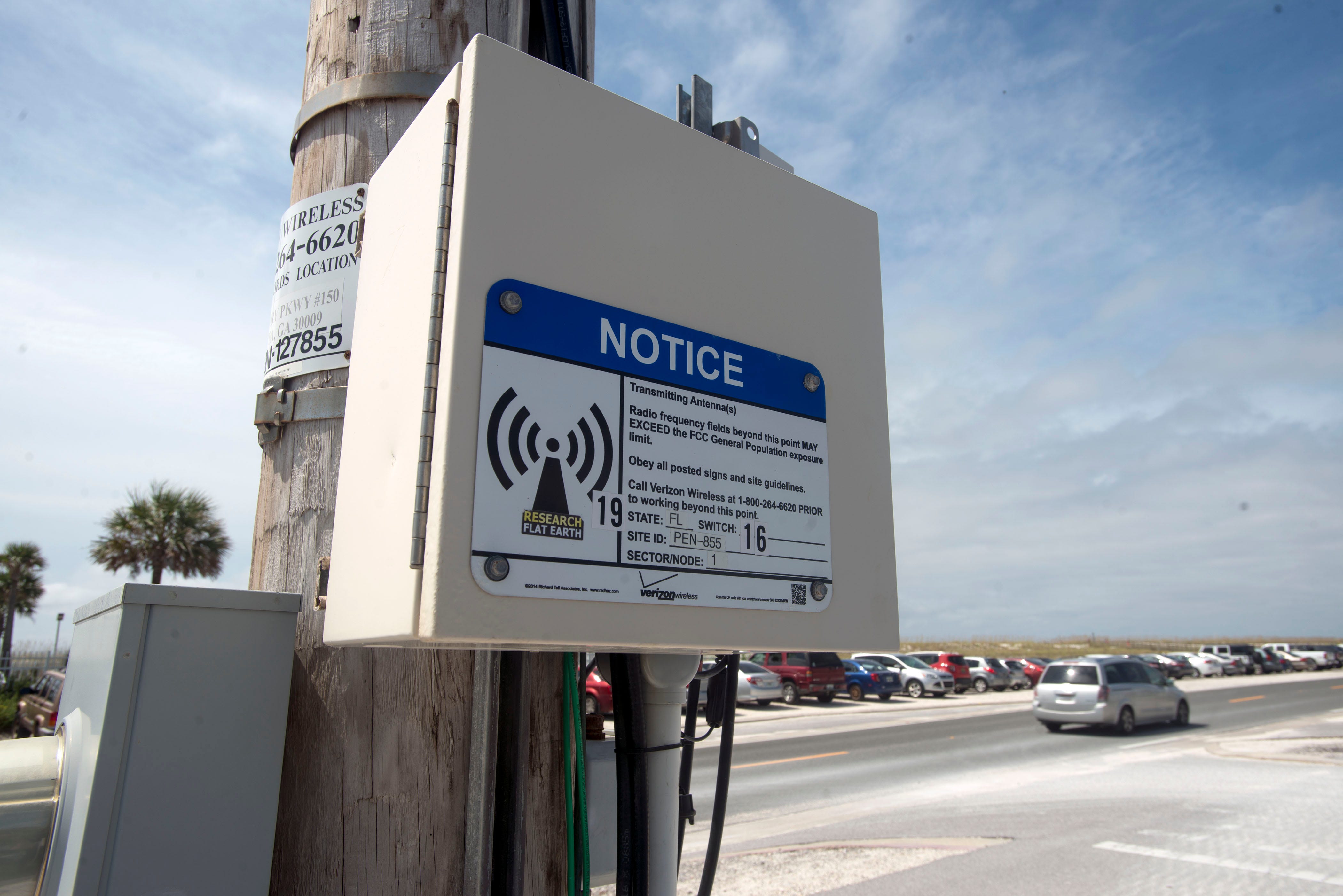If you've ever wandered through a town and spotted tiny cell towers for 5G on the poles of street lights. They look like small boxes however they're actually sending wireless signals from mobile providers to your mobile.
These smaller towers are replacing the larger built cell towers. Although they're not as visible however, they could cause problems for people.
The Federal Communications Commission's Radiation Exposure Thresholds
The FCC's Radiation Exposure Thresholds establish the safe limit at which a person can be exposed to electromagnetic radiation from wireless devices. The exposure limits are based on research that prove that electromagnetic energy can cause harm to health.
The specific absorption rate (SAR) is a measure of the radiofrequency energy that is taken up by tissues. It is typically 1.6 watts per kilogram, spread over a kilogram of tissue.
Since 5g is able to transmit at higher frequencies this could be able to increase the intensity of energy on the skin as well as other body parts. This could result in a wide range of potential harms, including exacerbated formation of skin disorders such as dermatitis, skin cancer and cataracts.
Due to the potential for negative effects of 5G radiation, PSU has chosen to establish a general, localized maximum power density of four mW/cm2 measured across 1 centimeter, and not to exceed 30 minutes for all 5G services running at 3000 GHz. This limit for localization is in line with the peak spatial-average SAR of 1.6 W/kg, averaged over one g of tissue at 6 GHz.
The FCC's Maximum Exposure Thresholds for Maximum Exposure

If you've ever used a cell phone, then you're aware that a safe distance from the tower is around 400 meters. This is because the power of the transmission of cell towers increases drastically the further away you are from it.
Although this may sound like a good idea but the truth is that those living close to towers may actually be more susceptible to health problems. For example, a study from 2014 in India discovered that those living within 50 meters of cell towers experienced significant more health issues than those who lived farther distance from them.
But, the study revealed that those who relocated to areas that were further from cell towers noticed their symptoms return to normal within a couple of days. Another study has demonstrated that exposure to extreme frequencies of radiofrequency electromagnetic fields (EMFs) can lead to brain tumors, cancers, and other health problems.
This is due to the fact that radiofrequency radiation, which is utilized for wireless communication, has the ability to penetrate the human body's outer layer, the skin. what is a safe distance from a 5g cell tower is vital to be aware of this since the skin serves as a protective barrier against injury to the body, infection by pathogenic microorganisms, and entry of toxic substances. Additionally, it is the largest organ of the human body and is responsible for protecting other organs.
The FCC's Minimum Exposure Thresholds
The FCC's Minimum Exposition Thresholds depend on numerous assumptions that are not supported by evidence from science. This includes the false assumption that short-term exposures to RF radiation are safe because of the minimal absorption into body (i.e. the heating of tissues).
The assumption also ignores the deeper penetration of the ELF elements of modulated radio signals as well as the effect of brief bursts of heat generated by RF waves that are pulsed. what is a safe distance from a 5g cell tower do not correspond with the current understanding of biological consequences of RF radiation, and thus, they should not be used for health protective exposure standards.
Additionally there is the fact that both ICNIRP and FCC limit their exposure limits to local peak SARs based on the maximum speed of spatial absorption (psSAR), which can be described as not a reliable dosimetric instrument to determine the degree of radiation exposure. In what is a safe distance from a cell tower is not accurate for frequencies that exceed 6 GHz. Additionally, psSAR hasn't been tested for RF radiation exposed to other environmental agents such as sunlight. Interactions of RF radiation and other environmental agents could produce synergistic or antagonistic impacts. This can lead to an increased risk of negative health adverse effects. For instance, exposure to RF radiation along with exposure to sunlight can increase the risk of skin cancer and exacerbate other skin conditions like acne.
